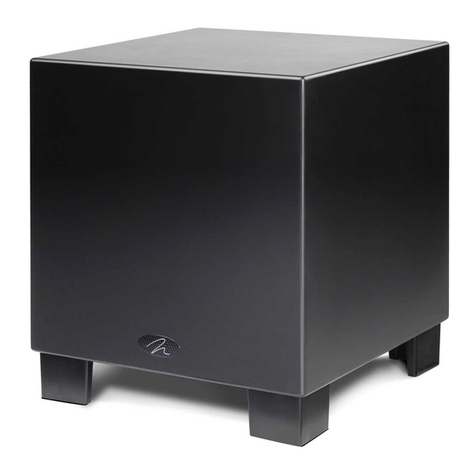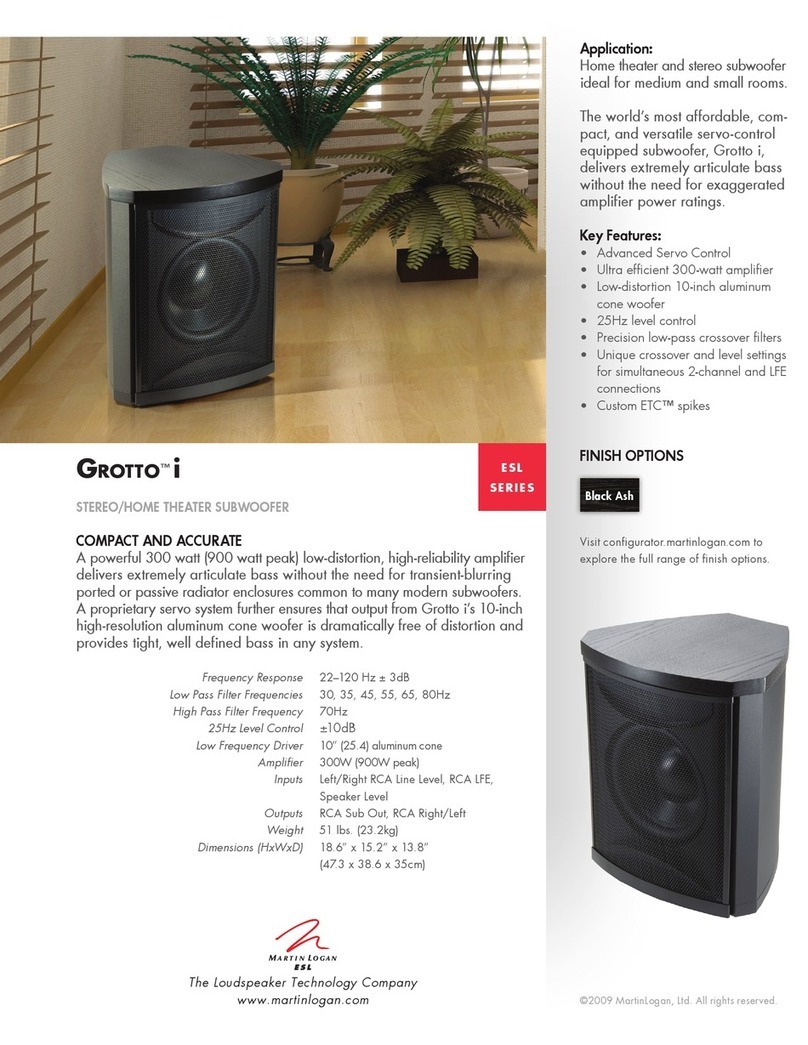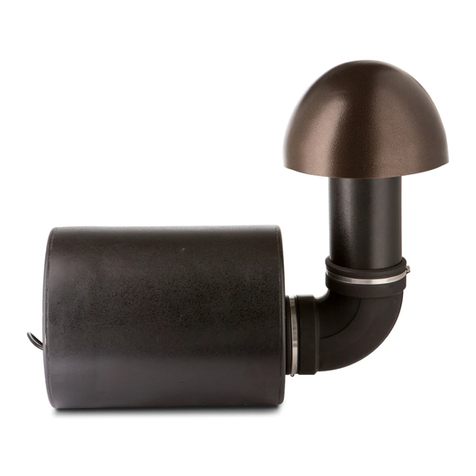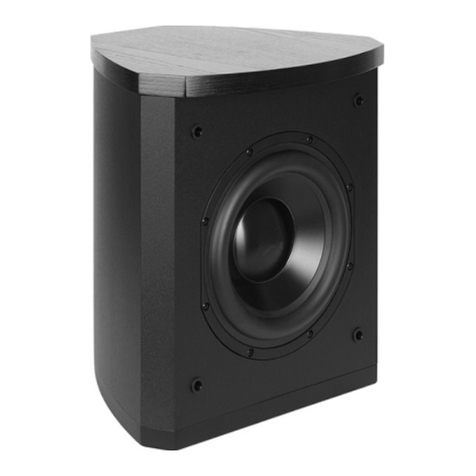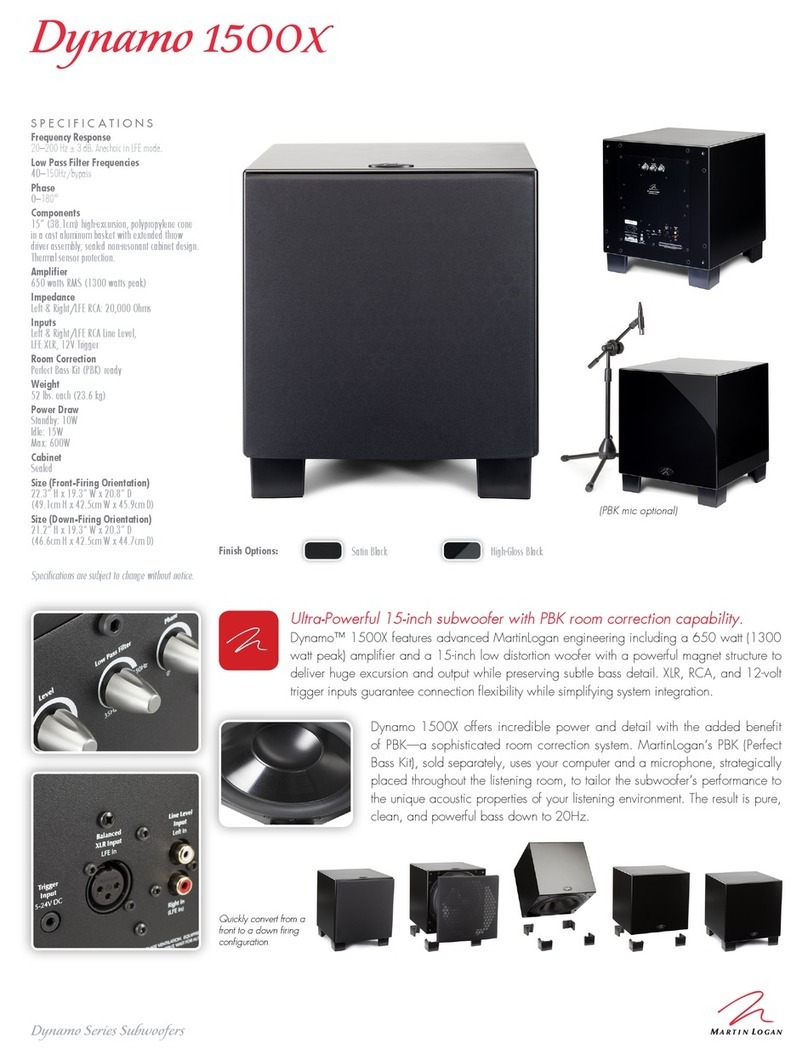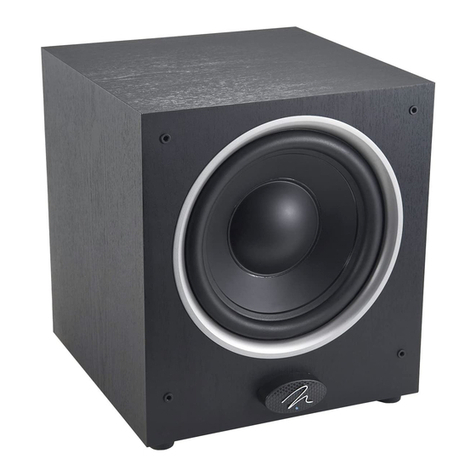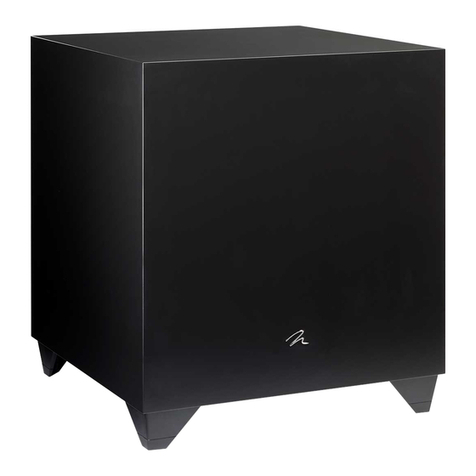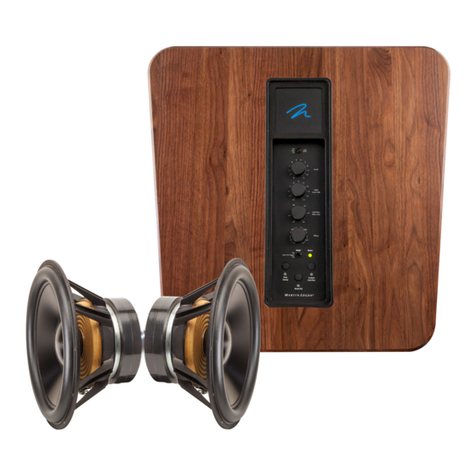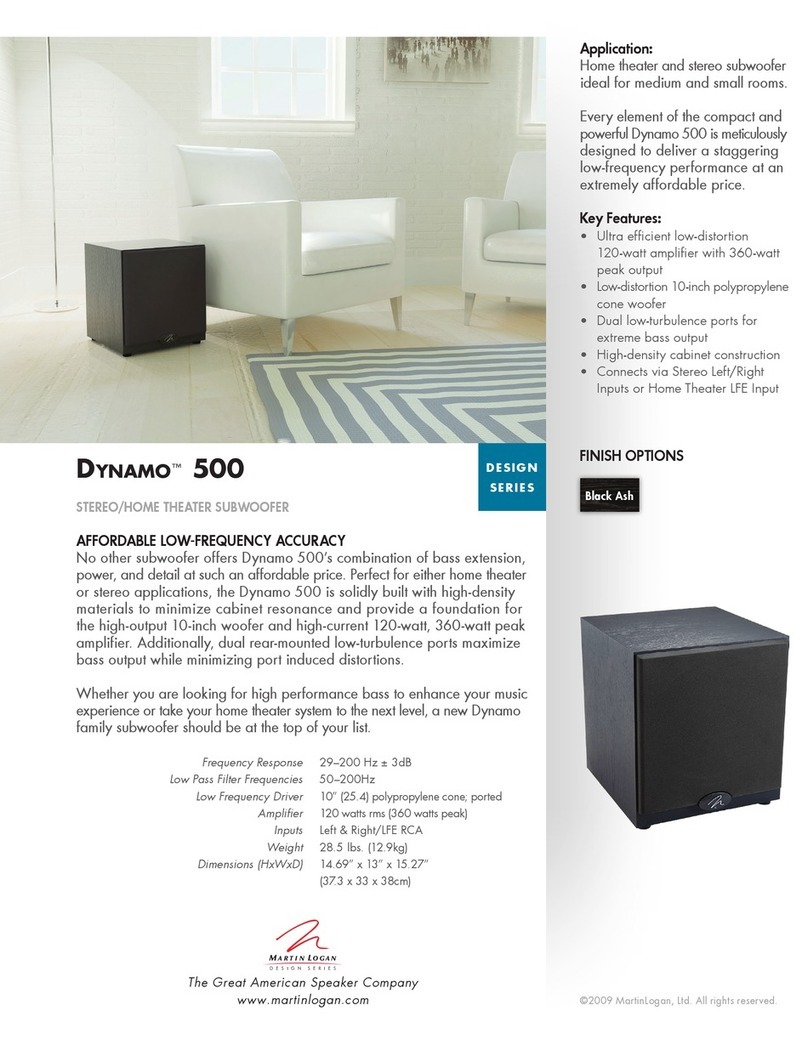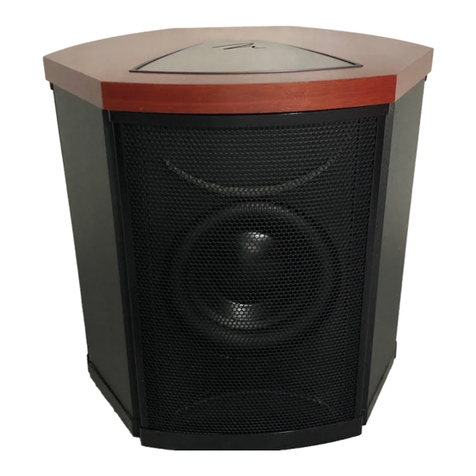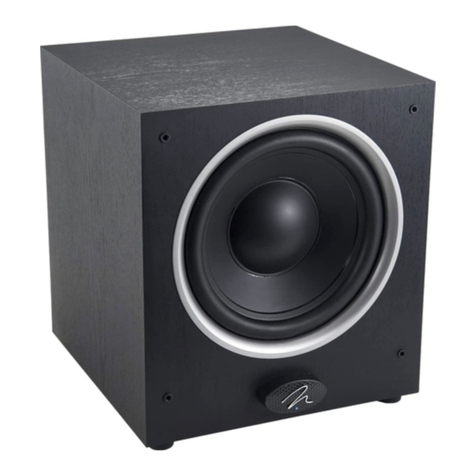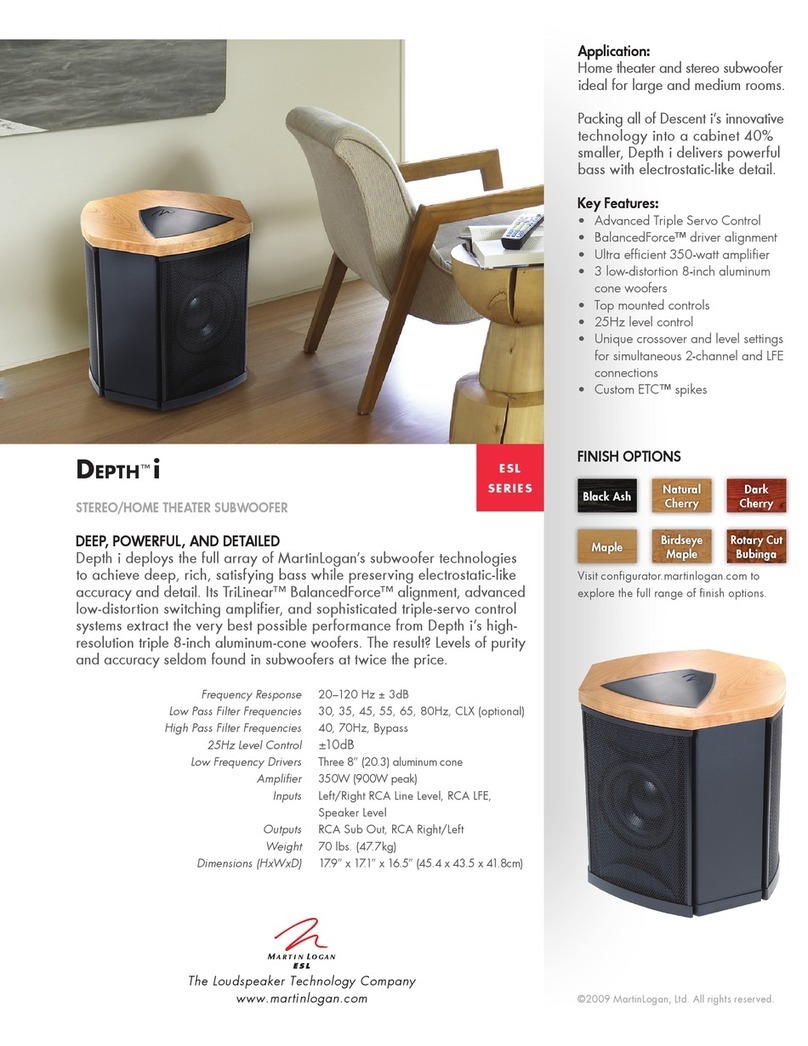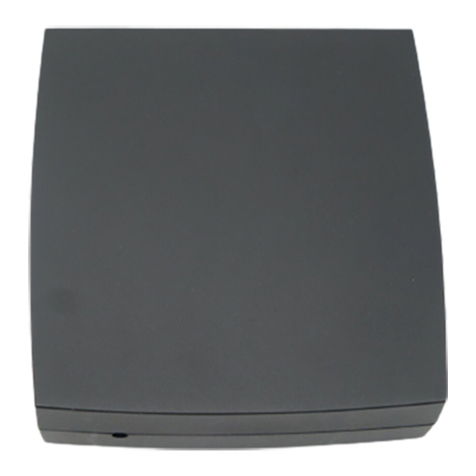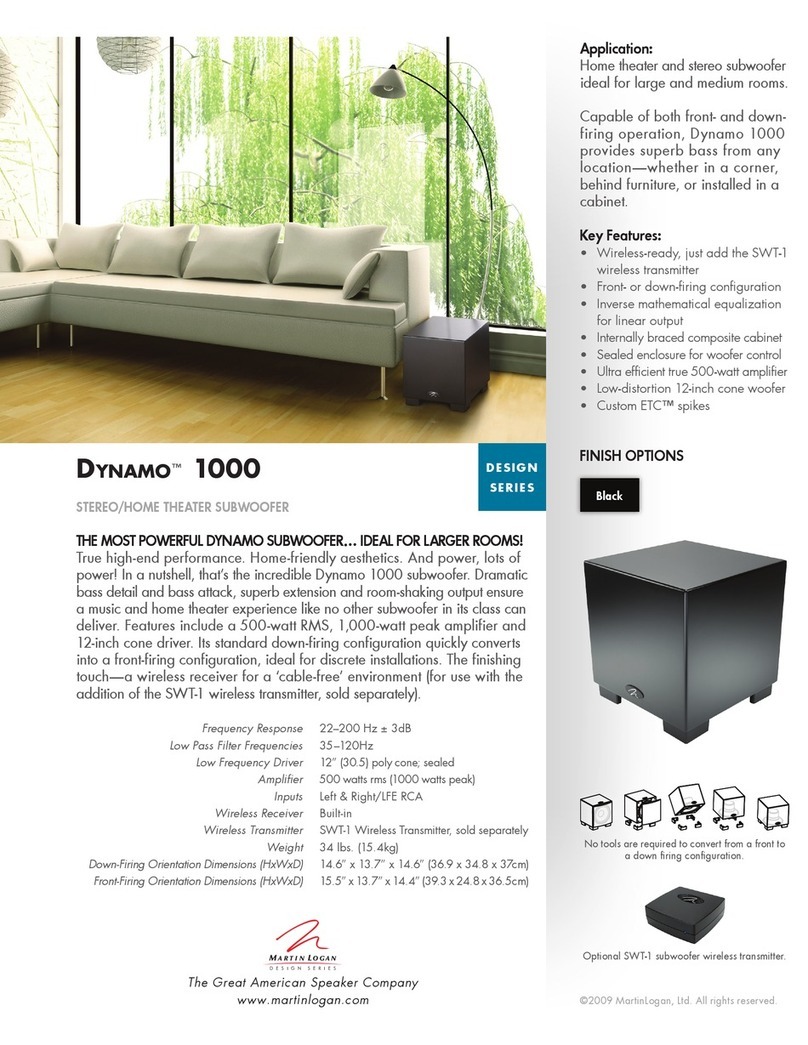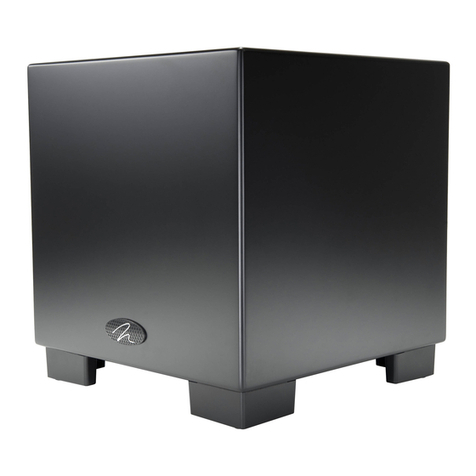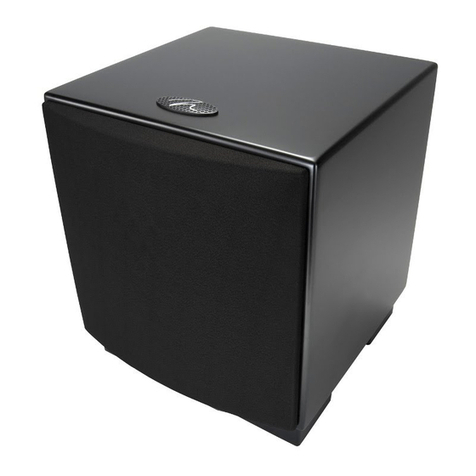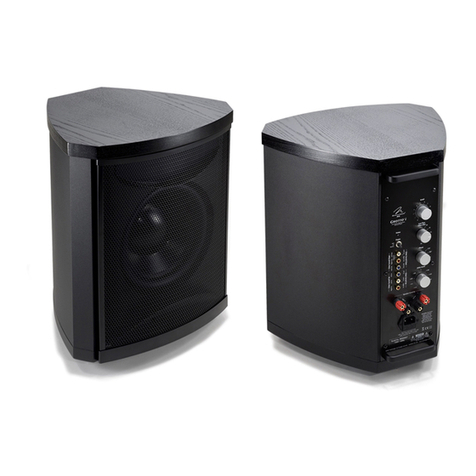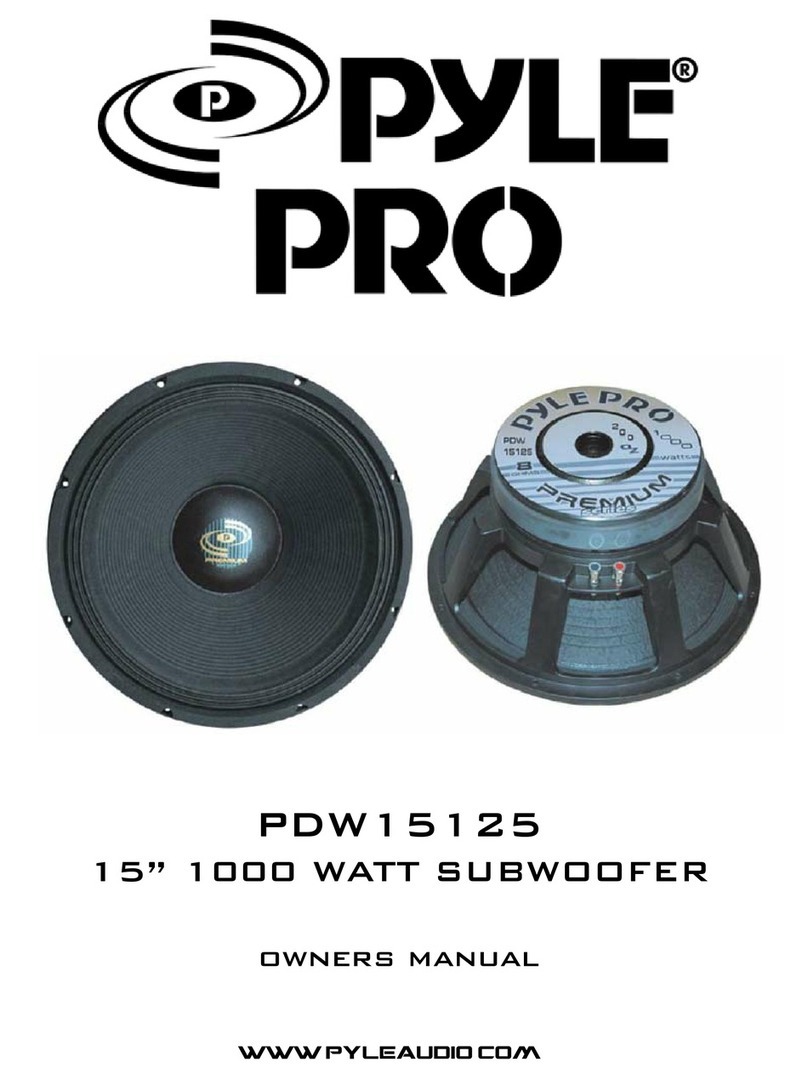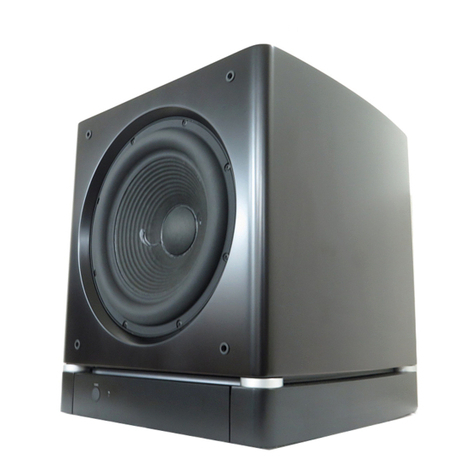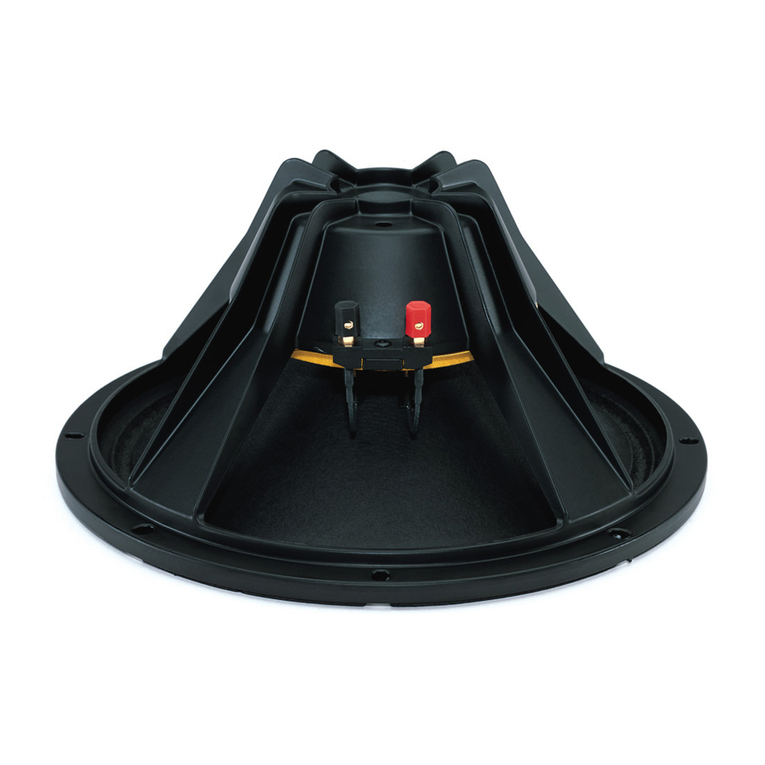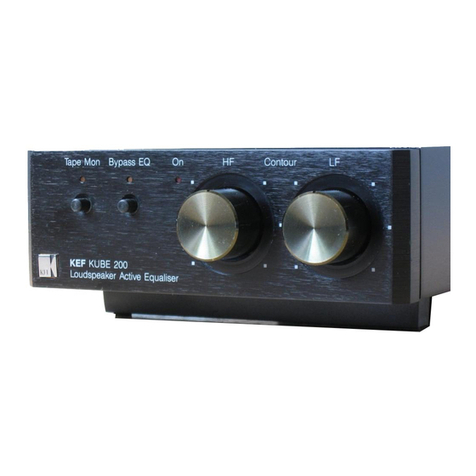
Important
Safety
Instructions •
•••••••••••
2
Contents • • • • • • • • • • • • • • • • • • • • • • • • • • • 3
Packaging
• • • • • • • • • • • • • • . . • • • • • • • • • • 4
Introduction
and
Installation in Brief•
••••••
6
Intr
oduc
ti
on
Installation in Brief
About
the Controls• • • • • • • • • • • • • • • • • • • • 7
Connections
and
Control Settings • • • • • • • • • 8
Before Connecting
the
Dynamo
2-Channel
Mode
Multi-Channei/LFE
Mode
....
.. ..
.
..
.
..
. . .
..
9
AC
Power Connection . . . . . . . . . . . . . . . . . . . . 10
Replacing the
Fuse
Break-In
Optional Wireless Connection
Placement • • • • • • • • • • • • • • • • • • • • • • • • •
11
Li
stening Position
Ask Your Dealer
Enjoy Yourself
Installing
in
a
Cabinet
Changing
Woofer
Orientation. 12
CE
Dynamo
1
OOOW
Dynamo
700W
Tes
ted to
Co
mply
w
ith
F
CC
St
andards
FORH
OM
E
OR
OFFI
CE
U
SE
Thi
s devi
ce
complies with part l 5
of
the F
CC
Rule
s.
Op
eration
is
subject to
th
e fo
ll
ow ing
two
co
n-
di
ti
ons: (
l)
Thi
s devi
ce
m
ay
not
ca
us
e harmful interferen
ce
, a
nd
(2) this device
mu
st
ac
cept any
inter
fe
rence received, inc
lu
ding
inte
rf
eren
ce
that
ma
y cause unde-
sired opera
ti
on.
Room Acoustics . . . . . . . . . . . . . . . . . . . . .
13
Your
Room
Terminol
ogy
Solid F
oo
ting
Home
Theater
• • • • . . • • • • . . • . • • • • . • • •
14
FAQ & Troubleshooting • • • • • • . • • • • . • • •
15
Frequently Asked Questions
Troubleshooting
Specifications. . . . . . . . . . . . . . . . . . . . . . .
16
Dynamo 1OOOW Specifications
Dynamo
700W
Specificaitons
General
Information • • • • • . • • . • • • • • • • •
17
Warra
nty and Registration
Service
Dimensional
Drawings
• • • . . • • . • • • • . • . •
17
SWT-2 Dimensional
Draw
ings
Dynamo 1OOOW Dim
ens
ional Drawings . 18
Dymamo 7
00W
Dim
ens
ional Drawings . . . .
...
19
Serial Numbers
Reco
rd
your
se
r
ia
l
numb
ers
h
ere
fo
reasy referen
ce.
Y
ou
wi
ll
need
thi
s
inf
orma
-
ti
on when
fill
ing o
ut
your
warr
anty
regist
rati
on.
Your
serial
n
um
ber is locat
ed
near
the
boff
om of
th
e backplate and
on
the
sh
ipping co
ntai
ner.
WARNING!
• Hazardous volt
age
s exist
in
si
de
-d
o not
rem
ove cover.
•
Refer
servici
ng
to a qualified technician.
• To
pr
event fi
re
or
shock hazard,
do
not
expose this module to moisture.
• Unplug subwoofer should any abnormal
co
nditions occur.
& WARNING! Do not
us
e your Dynamo 1OOOW or Dynamo
700W
su
bwoofers or
SWT
-2
tr
ansmitt
er o
ut
side of
the
.country
of
original
sa
l
e-v
oltage
requirem
e
nts
vary bycountry. Improper voltage can cause damage
th
at
wi
ll
be
poten-
tially expe
nsiv
e to repa
ir.
Th
e Dynamo 1OOOW or Dynamo
700W
subwoofersand SWT-2
tr
an
sm
itt
er ore shipped
to
a
uth
orized Mortinlogan distribut
ors
with
th
e correct power supply for
use
in
th
e co
untry
of intended sale. A
li
st
of
autho-
rized distributorscan
be
accessed at
www
.martinlogan.
co
m or
by
emailing info@martinlo
ga
n.
3
